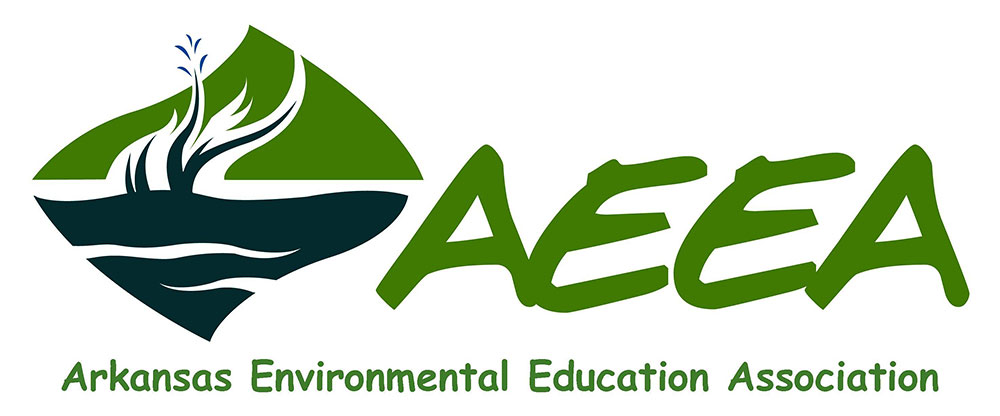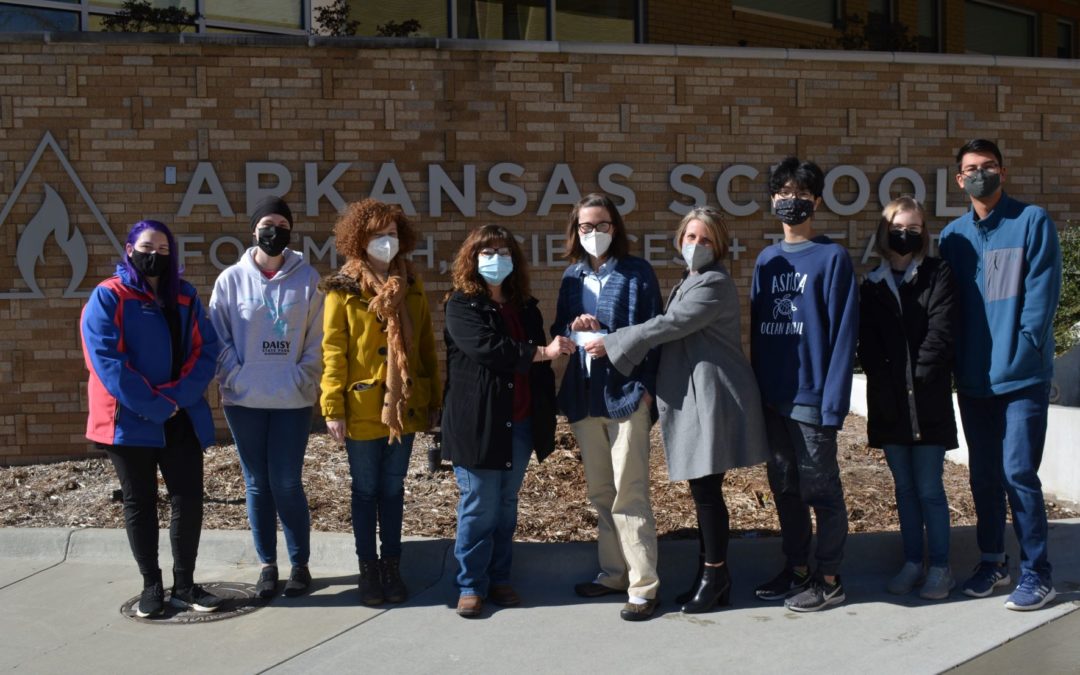2022 AEEA Mini-Grant Recipients
AEEA supports environmental and outdoor education through an annual mini-grant program. The program is designed to support, enhance, and expand the implementation of environmental education throughout the state of Arkansas by classroom teachers and non-formal educators and organizations. The focus of the grant is to fund projects that include, but are not limited to, direct hands-on education programs, educator professional development, and community engagement events. Projects can incorporate sustainability, environmental justice, natural resource conservation, habitat restoration or a variety of other topics. An educational component must be a central part of the project. Applicants or their organization must be a current member of AEEA. Applications are accepted in the fall and funds are dispersed in January.
This year AEEA awarded four mini-grants. Two grants were awarded to teachers at K-12 schools and two to non-formal education organizations.
Formal Education
Arkansas School for Math, Sciences and the Arts Foundation (ASMSA), Hot Springs
Project: ASMSA Butterfly Garden
Sara Brown, Lindsey Waddell and over three dozen students, through the Research in the Park (RiP) I & II courses and the Botany-Zoology (BoZo) Club at the Arkansas School for Math, Science, and Arts, encourage others to get involved in the ASMSA Butterfly Garden and to become more aware of the importance of landscaping with Arkansas native plants. As the garden progresses, the students hope to distribute seeds for their peers to take home and possibly hold a native plant sale each year as a fundraiser.
During the 2019-20 school year, the Research in the Park (RiP) II students created and installed the first phase of a native plant butterfly garden in front of the Student Life Center. With the help of funding through the AEEA mini-grant program, the RiP II students would like to undertake a variety of projects related to expanding the garden.
The goals of this project are to
- expand existing plantings
- offer shelter for a wider variety of wildlife
- establish a formal compost area
- create and install interpretive signage
- explore the possibility of a mural
- explore the installation of features like a bench and herb spiral
Once expanded and established, the garden will offer a teaching and research space on campus in which students can study native pollinators and observe native plant-insect interactions. This will eventually provide the food necessary to support larger species such as songbirds. By deliberately planting not just nectar species but also host plants such as milkweed, the aim is for the garden to eventually attract and support a variety of butterfly species, including the monarch during its annual migrations.
Pine Haven Elementary, Bauxite
Project: Butterfly Garden Expansion
Marla LaSage and her students at Pine Haven Elementary School will be able to study the life cycles of plants and pollinators and learn about their declining habitats by building a flowerbed with native plants. They will learn by completing a small project and taking responsibility for their environment.
The measurable objective would be the completion of the flowerbed, beautiful blooms in all seasons, and seeing an increase in the butterfly and bee population. Students will help to water and care for the flowers.Ongoing activities would be the maintenance of the garden and continuing education about our environment.
The goals of this project are to
- complete a flowerbed
- learn the life cycles of plants, butterflies, and bees
- study the declining habitats of each
- learn about environmental responsibility
A successful project outcome will be a beautiful flower bed with native flowers blooming in all seasons with butterflies and bees in abundance. Students and teachers will learn many things that will positively impact Arkansas’s environment.
Previous AEEA board member Tiffany Dunn (right) presents a grant check to Mrs. Reynolds (left) and Mrs. LaSage of Pine Haven Elementary school. The butterfly garden project will be where they are standing in the photo.
Non-formal Education
Arkansas 4-H, Saline County 4-H, and Salem Superstars 4-H Club
Project: Education of Arkansas Native Birds
Under the direction of Dr. Rebecca McPeake, Wildlife Specialist for the University of Arkansas Cooperative Extension Service, and Megan Maulden, Saline County Extension Agent, the Salem Superstars 4H team have outlined a plan to create 3-D printed models of Arkansas native songbird eggs. These will be included in training kits to help other 4-Hers throughout the state learn to identify bird eggs and learn about bird reproduction and migration. The leaders of this project believe that protection begins with educating our youth at the local level.
The goals of this project are
- to create 3-D printed models of Arkansas native songbird eggs
- to create training kits to help other 4-Hers learn to identify bird eggs
- provide environmental education in Arkansas 4-H that teaches youth about native birds, their breeding and migratory habits
With the use of 3-D printers at the state 4-H office, this group will design and create model eggs. They will be painted carefully to replicate the actual bird egg. They will then be included in training kits to help other 4-Hers throughout the state learn to identify bird eggs. The design process will take a few months, and work will take place during monthly 4-H club meetings.
Through the bird egg identification kits, 4-H members throughout the state will continue to access these educational materials for years to come. Training kits will be available to County Extension Agents and teachers for in-school environmental education programs. Salem Superstars 4-H Club members will be encouraged to give countywide presentations, to teach their peers about native bird species, their reproduction & migratory habits, and how they can be protected.
Ozark Natural Science Center, Huntsville
Project: Making Nature Accessible at Ozark Natural Science Center
The Ozark Natural Science Center (ONSC) provides most of their education on the 8 miles of hiking trails surrounding their campus, which is located in an area that is steep, rocky and can be difficult to traverse without full physical function. By creating a new accessible trail that is connected to the main parking lot, the trail will provide an area that is safe and accessible for those who need an easier hike. The trail will include diverse ecosystems to maximize ONSC’s ability to provide education opportunities along the trail. More use is expected as programs are developed.
The goals of this project are to
- create a trail that can be navigated by a wheel chair or rolling walker.
- develop an education program (guided hike) that takes participants along the accessible trail through wooded, meadow, wetland, and pond habitats
- test the efficacy of the new program during summer camps in July 2022
- host a free public unveiling of the new trail in August 2022
- provide at least 3 educational programs along the accessible trail per year
The lasting outcome of this project will be a permanent new trail with ongoing maintenance, where people of all ages and physical abilities will be able to enjoy the beauty and educational opportunities available at Ozark Natural Science Center. A successful project outcome will be the use of the new trail by at least 800 people per year.

